Sandpipers are a large group of shorebirds in the Scolopacidae family. The snipes, curlews, woodcocks, and a number of other birds are part of the Sandpiper family.
There are over 80 different species of birds in the family, and 15 different taxonomic genuses. Each species is different and unique in body shape, behavior, plumage, and more. Read on to learn about the Sandpiper.
Description of the Sandpiper
Different species of these birds come in a variety of shapes, sizes, and colors. Most are wading birds, so they have relatively long legs to walk along the shore and wade through the water. The smallest species is about four inches long, and the largest is over two feet long.
Generally, Sandpipers have long, teardrop-shaped bodies that taper at their tails. Most species are brown or tan colored, though some exceptions do exist.
Interesting Facts About the Sandpiper
There are many different types of these birds across the globe, and each is uniquely adapted for its own lifestyle. Learn more about some individual species below.
- Upland Sandpiper – This species is rather comical looking, with its long, skinny neck and large eyes. Even though they look more like a bird skeleton than an actual bird, these creatures make surprisingly long migrations. These odd birds live in Alaska, southern Canada, and the northeast United States, but migrate south into central South America.
- Least Sandpiper – Though the least Sandpiper is the smallest species around, it definitely isn’t the least interesting! These little birds are widespread across North and Central America, and into northern South America. This bird is another unlikely migration powerhouse, and populations in some regions travel over 2,500 miles nonstop while migrating!
- Long-Billed Curlew – This species comes by its name Long-billed curlews have incredibly long beaks. In fact, their impressive bill measures up to eight and a half inches long! Females of this species have longer, slightly more curved bills than males do.
- Spoon-Billed Sandpiper – Spoon-bills are unique little birds with odd-looking beaks. Their bills flare out at the tip, much like the unrelated spoonbills. Sadly, the IUCN lists this species as Critically Endangered, primarily because of habitat destruction and hunting.
Habitat of the Sandpiper
Different species of Sandpipers live in different habitats, though most species are shorebirds. The vast majority of species live along beaches, estuaries, tide pools, mud flats, sand bars, and other habitats along the coast.
Other species inhabit woodlands, forests, meadows, arctic tundra, and more. Habitat choice really varies from species to species. Most species reproduce in the northern hemisphere, and many migrate outside of the breeding season.
Distribution of the Sandpiper
These birds live across virtually the entire globe, save for Antarctica. Different species live on nearly every landmass on earth. Some species live in North America, Central America, and South America. Other species live in Eurasia, Africa, Australia, and the surrounding islands.
Each species is different, and some live across immense ranges. Other species live only in a small area, like a single island.
Diet of the Sandpiper
Different types of Sandpipers eat a variety of different prey. Most of the species are carnivores, though some species do occasionally eat seeds or berries. The vast majority of their prey consists of small invertebrates, like crabs, worms, clams, snails, shrimp, insects, and more.
They forage in several different ways. Some species peck along the ground, others probe their beaks into sand or mud, and others run along in shallow water scooping prey with their beak.
Sandpiper and Human Interaction
Human interaction and impact vary drastically from species to species. Human activity severely impacts some species of these birds, while others have vast populations.
The primary dangers to these birds are habitat destruction, hunting, pollution, and invasive or feral species like cats and rats. For island species, or species with very small ranges, human activity is usually much more detrimental.
Domestication
Humans have not domesticated Sandpipers in any way.
Does the Sandpiper Make a Good Pet
No, these birds do not make good pets. They are wild birds, and do not like interacting with humans. In most places, it is also illegal to own, capture, kill, or harass these birds.
Sandpiper Care
With such a wide variety of species, it is no surprise that Sandpipers are common in zoos and aquariums. Most species live in tidal enclosures, with shallow waters and beaches to forage and wade through.
These birds usually thrive in mixed-species exhibits, and a variety of shorebirds usually live in the same enclosure. Their exact care varies from species to species, and zookeepers feed them anything from small fish to crabs, krill, shrimp, insects, or pelleted feed.
Behavior of the Sandpiper
The behavior of these birds varies drastically from species to species. Some species are solitary and do not interact with one another outside of the breeding season. However, most species are more social, and live in flocks of varying sizes.
Some flocks number in the hundreds, and others number in the thousands. They also vary in activity. Many species are diurnal and most active during the daytime, but some are crepuscular or nocturnal.
Reproduction of the Sandpiper
Sandpiper reproduction varies drastically from species to species. Some have intricate breeding rituals, and some breed with multiple females. Other species breed with a single female per season and help her care for the brood.
Most Sandpipers nest on the ground, and nest structure varies from a simple dent in the sand to a pebble-lined nest. The number of eggs laid per clutch, and the incubation period varies from species to species.

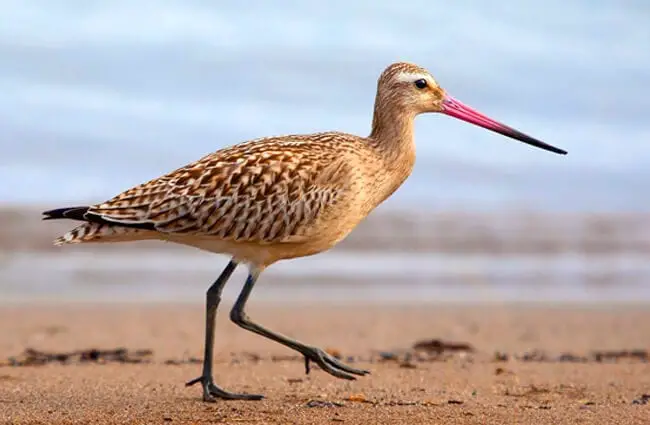

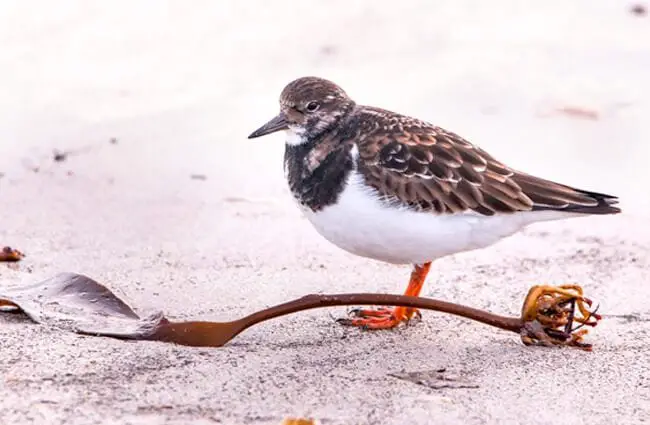

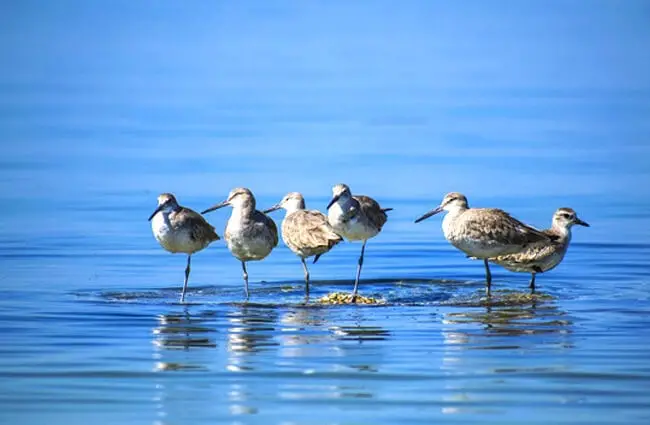
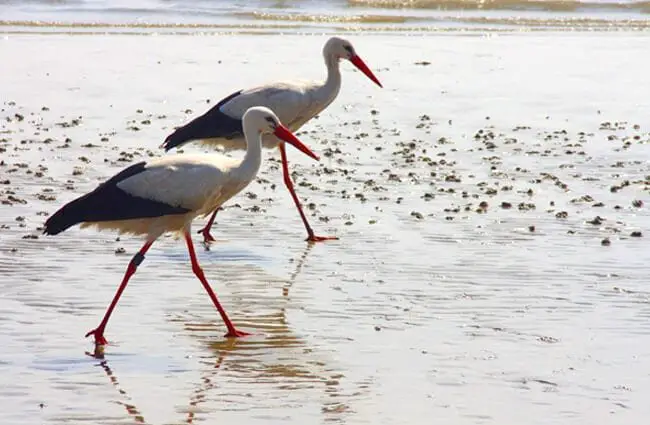
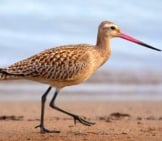


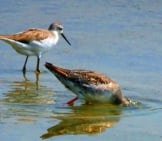

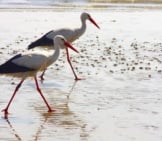
![Red Angus Closeup of a beautiful Red Angus cowPhoto by: U.S. Department of Agriculture [pubic domain]https://creativecommons.org/licenses/by/2.0/](https://animals.net/wp-content/uploads/2020/03/Red-Angus-4-238x178.jpg)












![Red Angus Closeup of a beautiful Red Angus cowPhoto by: U.S. Department of Agriculture [pubic domain]https://creativecommons.org/licenses/by/2.0/](https://animals.net/wp-content/uploads/2020/03/Red-Angus-4-100x75.jpg)

